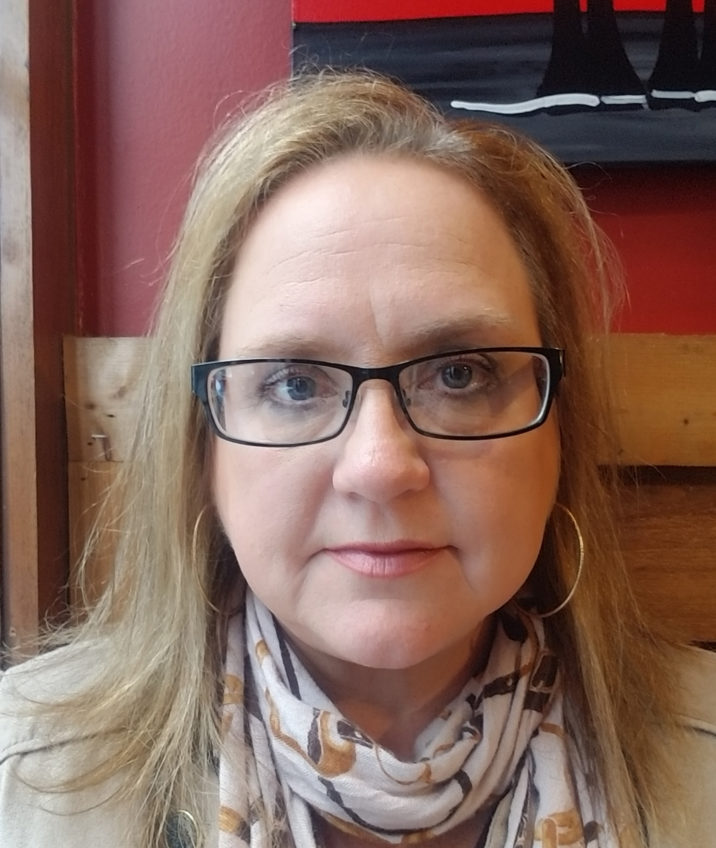
With a finalized implementation date of October 1, 2019, it’s critical that skilled nursing providers understand the inevitable changes that the Patient Driven Payment Model (PDPM) will entail, and especially how these changes will impact their operations and revenues.
The main issues for long-term care to understand are:
- How PDPM will impact providers’ operations
- How EHRs can help providers adapt to these changes
- What PointClickCare is doing to prepare for these changes
What is PDPM?
In May 2017, the Centers for Medicare & Medicaid Services posted an Advance Notice of Proposed Rulemaking and announced that it is considering revising the skilled nursing facility reimbursement methodology from Resource Utilization Groups, Version 4 (RUG-IV) to a Resident Classification System, Version 1 (RCS-1).
After additional feedback, it was determined that RCS-1 did not address the needs of SNFs and a new proposed rule was released on April 27th, 2018: the Payment Driven Payment Model (PDPM).
This is more than just a new name attached to payment reform. The shift from RCS-1 to PDPM moves the skilled nursing reimbursement model away from therapy provision as the main driver of reimbursements. Instead, it focuses payments on the provision of nursing care with higher rates being attached to more clinically complex residents and decreasing reimbursement for longer lengths of stay, in line with the shift from volume to value. This means that resident classifications and anticipated resource needs during a patient’s stay will serve as the basis for reimbursement.
According to CMS: “The new model is designed to improve the incentives to treat the needs of the whole patient, instead of focusing on the volume of services the patient receives, which requires substantial paperwork to track over time.”
Essentially, payment will be tied to quality patient outcomes as opposed to volume of services. This is believed to be a more balanced, revenue neutral approach to reimbursement by incorporating all the reimbursement components into one rate.
What will change with PDPM?
While the PDPM’s basic structure is similar to the RCS-1 proposal, instead of four case-mix indexed components, there will now be five – physical therapy (PT), occupational therapy (OT), speech-language pathology (SLP), nursing, and non-therapy ancillary (NTA) – along with a sixth component for non-case mix related costs.
The change will impact providers in several ways. These include:
- Homes will need to start evaluating current care and staff resources to determine if they are prepared for this shift or will need to implement systems and training for staff to weather the shift.
- Therapy, which was previously incentivized in the previous payment model, is not included in the new case mix calculations. Instead, the need for therapy based on care requirements is predicted to be the same. PDPM requires that 75% of all therapy delivered be individually provided.
- Concurrent and group therapies are capped at 25% of total minutes provided (down from 50% in RCS-1).
- CMS predicts that non-profit organizations should see an increase of 1.9% and government providers should see increases of about 4.2%. Smaller SNF providers should see modest increases while those running homes over 100 certified beds may see declines in revenue.
- It will reduce administrative paperwork, they predict that it could save facilities $12K annually and 183 hours per provider annually ($2,000,000,000 over 10 years)
How can your EHR help?
With an October 1, 2019 implementation date, it’s critical that providers begin to prepare for these inevitable changes. The ‘winners’ in this scenario will be those providers who adopt and use effective technology and solutions. The ‘right’ technology and solutions are those that include analytics, business intelligence, and care planning tools that enable providers to leverage actionable insights, which should be able to:
- Assess current residents’ care needs and how reimbursement will change when the PDPM is implemented.
- Create customizable treatment protocols that will allow them to deliver the necessary care for each unique resident.
- Gauge the resources (be it staff or otherwise) that will need to achieve the desired functional outcomes for residents, regardless of how clinically complex the needs may be.
What is PointClickCare doing to prepare for these changes?
PointClickCare is fully committed to ensuring its platform and solutions enable customers to maintain regulatory compliance and collect payments in a timely manner.
To readily adapt to the changes that PDPM entails, we’ve established a cross-functional team that is dedicated to reading and understanding regulatory changes, which will impact our customers to ensure that our system is updated in a timely manner, and as necessary. The teams meet regularly to ensure all areas of the application that will be impacted are identified and ensure stakeholders, both internal and external, are kept up-to-date on the team’s progress. The teams are actively participating with CMS, industry associations such as NASL and AANAC, and soliciting feedback from key customers.
Pam Campbell is a healthcare and health IT professional with more than 25 years’ experience in the acute, post-acute, and senior care sectors. Her previous roles span neurosurgical nursing, geriatric nursing, nursing management, as well as product development. She currently works at PointClickCare in Product Management. Questions related to the new PDPM can be emailed to: [email protected].





